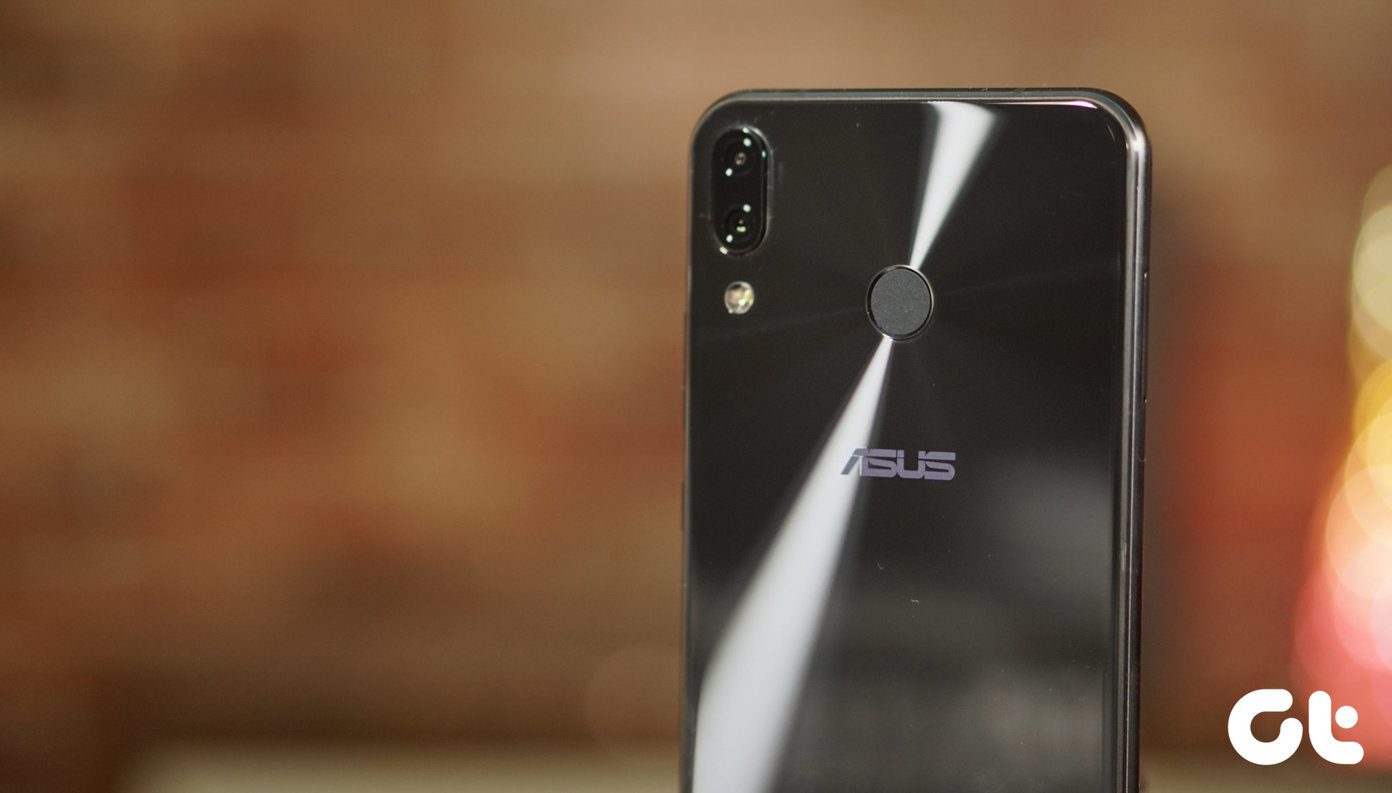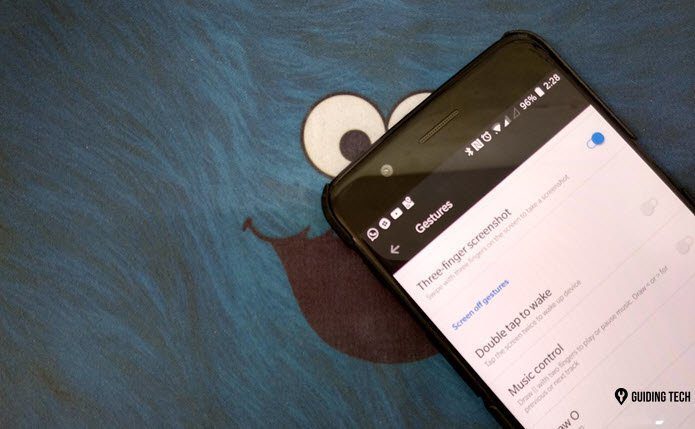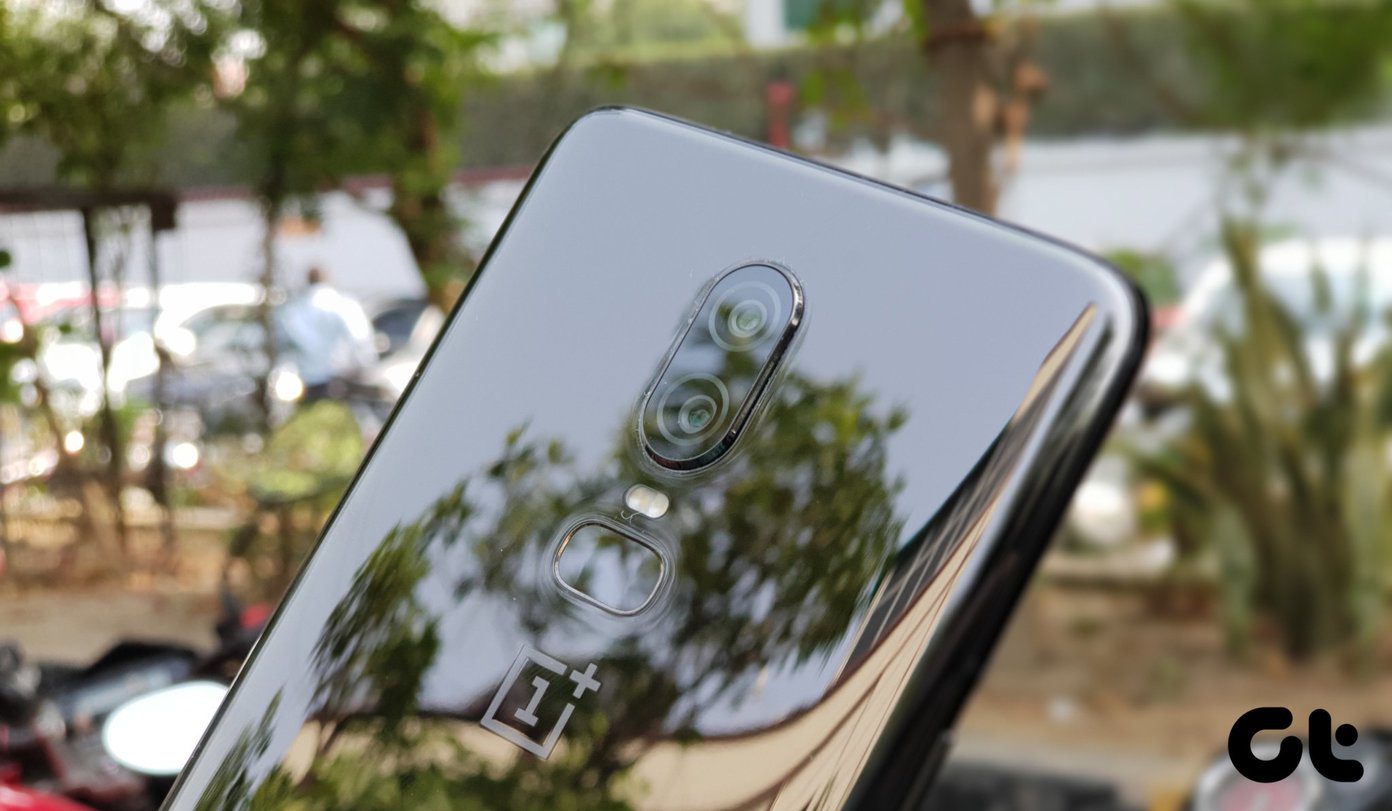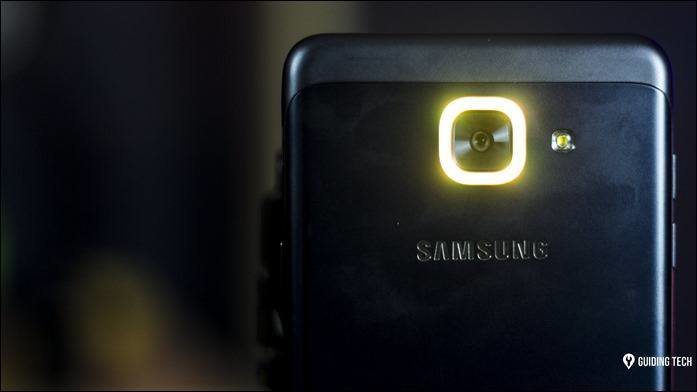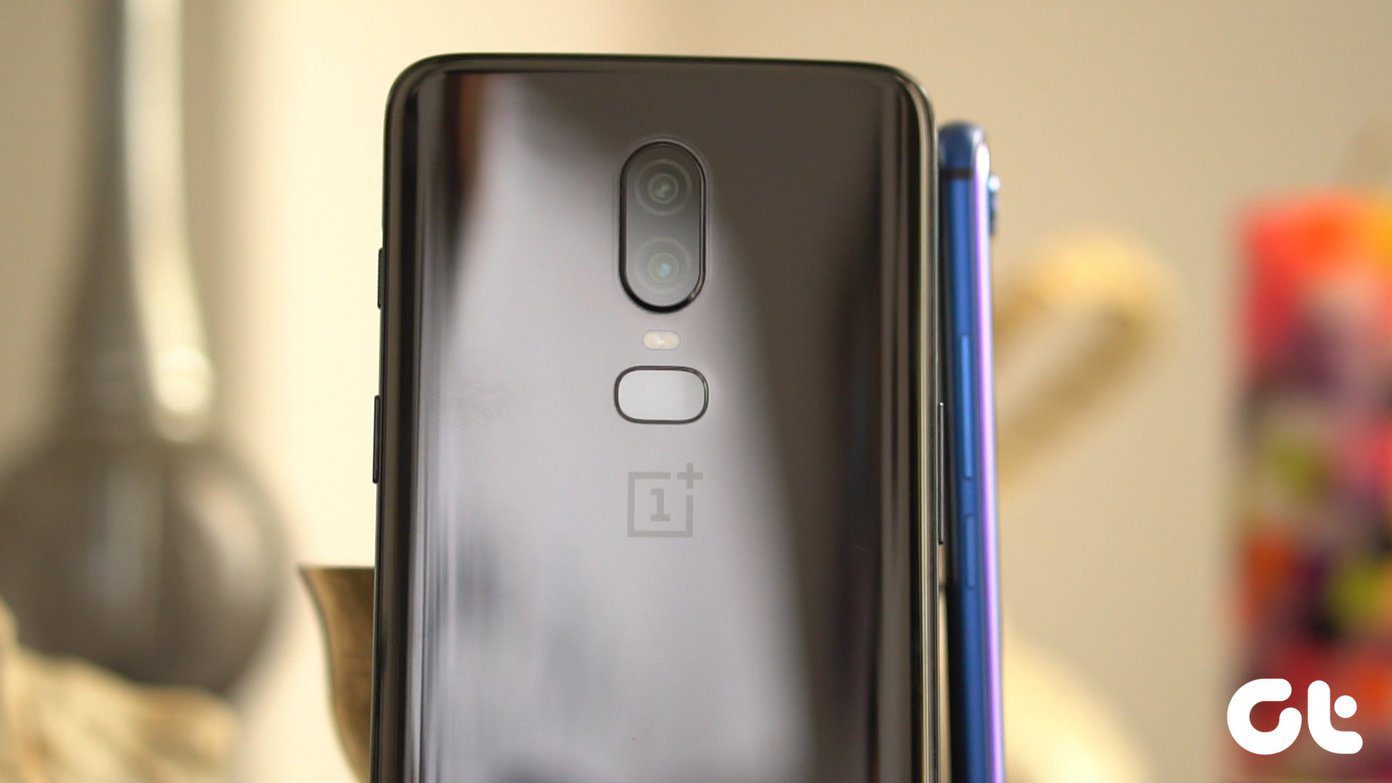The remarkable feature about the Samsung’s One UI is the subtle graphics and fade in/out animations when native actions like the screenshots are triggered. Plus, the Quick Settings menu and native apps have also undergone a massive makeover and look every part of a modern interface. Though it’s a fairly new interface, it got us excited. So we are rounding up the best features associated with the Samsung One UI to help you make the most out of it.
1. Bring on the Navigation Gestures
Navigation gestures are the next big thing in the world of phones. Ever since Apple came up with its version, others have followed suit with even Google introducing new navigation gestures for Android 9.0 Pie. Though late to the party, Samsung has eventually launched its custom version. Going by the name of full-screen gestures, it lets you go back a step if you swipe up from the right corner, and opens the Recents menu when you swipe up from the left corner. A swipe up from the middle portion will drop you on the Home Page. Also, Android Pie brings the Overview selection, meaning that you get to search and select text from it. What’s cool is that you can also reverse the button order. These settings are available under Settings > Navigation bar.
2. Search for Contacts From Messages
Except for the helpful gestures, the old Samsung messages app was pretty monotonous. Thanks to the One UI, we have a chic new app which buries the old interface. There are two tabs now, one for messages and one for contacts. So, if you want to type a new message, tap on the contacts tab, search for one and compose the message. The favorites will appear at the top of the list.
3. Enable the Darkness of the Night Mode
It was high time that a fitting Night Mode made its debut on Samsung phones. Until now, users had to resort to black themes to save precious battery juice, especially in phones with a larger display such as the Galaxy S9+ or the Galaxy Note 9. The Night Mode can be enabled from Quick Settings or through Settings. Once activated, it paints the whole skin black, including native apps such as Messages and Calculator. And thanks to the Super AMOLED display, the Night Mode on the Samsung flagships look amazing. What I loved about it is that the setting icons are colored so that they stand out in the sea of black. The Night Mode is on the second screen of Quick Settings. To bring it to the first page, tap on the three dot button in the Quick Settings menu and tap on Reorder. Once done, just drag and drop the icons where you want them to be.
4. Let the Sleeping Apps Sleep
At times you want apps to not run in the background and certainly not to bother you with notifications. Well, if there are apps like these, then it seems you are in luck. The Always Sleeping Apps feature lets you select a group of apps, which you want to keep but you can do without their constant notification. Most importantly, they won’t run unnecessarily in the background. All you have to do is search for Always Sleeping Apps in the Settings page, tap on Add, and then add to the list of apps. That’s a smart way to conserve phone resources and prevent them from wasting data.
5. Try the Universal Search
One of the coolest new features is the search functionality. While previously we would have to open the app drawer and search for apps, you can do so now through the Quick Settings menu. The menu has a new search icon, which you can enable by just touching it. Neat, I’d call it! From app names and photos to nifty setting options, whatever matches the search query is displayed in a list. I’d say, it’s something like a universal search feature like the Spotlight in the iOS.
6. Tweak Lock Screen Notifications
Now, you can also manage the lock screen notifications. While previously you could choose only between Show content and Hide content, now you can also choose to display only app icons, along with the option to display just a tiny brief. This setting is under the Notification settings. All you need to do is tap on the option under ‘Control how notifications …’, choose your option, and that’s it! Moreover, if you prefer to show the content on the lock screen, you can tweak the transparency of the notification box through the Transparency option.
Are You Ready for One UI?
Samsung’s One UI interface brings more than new features. It’s the visual overhaul like the subtle animation in the brightness indicator or a screenshot which transforms the whole experience. Also, I love the design of the new icons and the clutter-free layout of the Camera interface or the Messages and Notes app. Here’s a quick video tour of the Samsung One UI features at our Guiding Tech (English) YouTube Channel: The interface does have its share of issues and few bugs, and it can be laggy. Hopefully, Samsung will fix in the upcoming updates after the One UI is made available to everyone. As more features are introduced, we will keep updating this post so that you can get most out of your Samsung device. Do you prefer Samsung One UI, or would you instead get Samsung Experience back? The above article may contain affiliate links which help support Guiding Tech. However, it does not affect our editorial integrity. The content remains unbiased and authentic.















